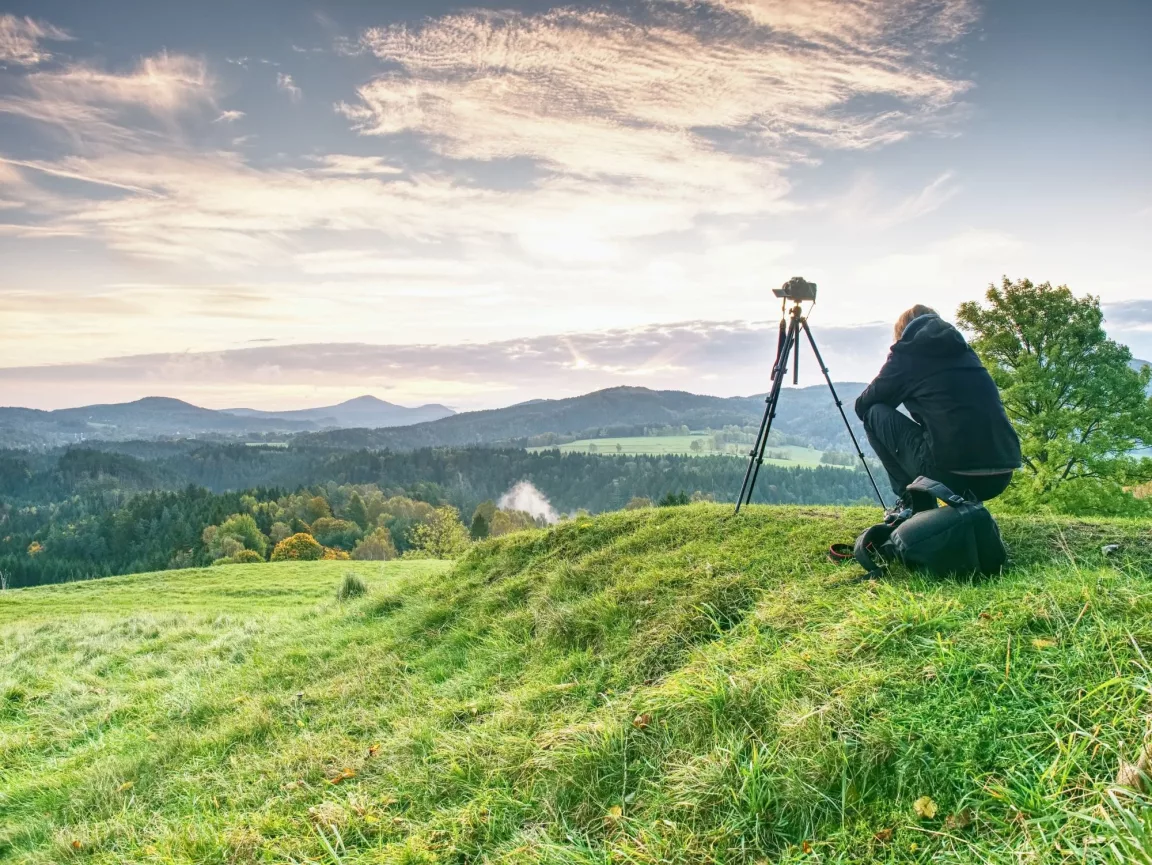In photography, authenticity refers to capturing an image of something natural and unposed—no model going through poses, no post-processing, and no hyper-realistic portrayal of reality. Authentic photography is real, aims to have a genuine connection to the viewer, and depicts everyday life.
When used in commercial photography, authentic photos make a brand more accessible and more human—traits that work best for marketing directly to consumers. Compared to stock photos, authentic pictures are more convincing. However, creating authentic imagery that resonates and connects with viewers can be challenging.
But as a photographer, connecting with viewers and making them feel something when they look at your work is part of your job. It’s challenging, but if you can make it work, it makes all the effort worthwhile.
Below are a few tips on how to make authentic photos resonate and connect with viewers:
Be patient
Veteran photographers say that good photography is all about patience. That’s because taking an incredible picture seldom happens with a single exposure. Unless you get very lucky, but you really can’t rely on luck, can you?
Good things come to those who wait, as the proverb says. Unfortunately, patience isn’t easy for some people to adopt. You can learn about different photographic techniques and have all sorts of expensive gear, but if you’re impatient, you’ll just be wasting your time.

Not that being patient is easy. For some, patience is a skill that takes years to master. But once you have it, patience will be second nature to you. It’ll just be a part of being a photographer. Take for example, Alan McFadyen and the story of the picture he took in 2015 of a kingfisher diving for a fish.
According to McFadyen, it took him about 720,000 attempts spanning six years to finally get that one perfect, magical shot of the bird. He sometimes took 600 photos a session, and not a single one was to his liking. But he had patience, and it paid off immensely.
Remember, your environment, subject or model, and even your idea about the shoot constantly change. And besides, the perfect moment doesn’t just present itself. Well, it does—but you have to wait patiently for it. So, get your gear ready, choose a good spot, and be prepared for that perfect moment.
Get your timing right
Shooting rapidly or using the old spray-and-pray technique can sometimes get good results, but it mostly has to do with luck. And, as you know, luck is unreliable. You want control to get consistent results from your shoots.
For any shoot a photographer does, whether sports, wildlife, or a model going through poses, you’d want to capture what’s known as the ‘peak of action.’ The peak of action refers to that exact moment that represents the essence of your subject. It’s the one exposure that sums up the narrative, like capturing a surfer tube riding or a cliff diver at the top of their jump.
If you’re lucky, those moments will be captured with a spray-and-pray. Multiple shots aren’t bad, per se. They are instrumental in certain situations. However, instead of leaving a great shot up to chance, study the subject instead. Find rhythms, patterns, and other hints to help you get the perfect timing to capture the peak of action.
If you know how to get the timing right, you’ll always have an idea of how to capture that moment. You won’t have to rely on chance. You’ll know how to produce photos that resonate and connects with viewers consistently.

Capture emotions and a sense of intimacy
Make sure your subjects show a connection with each other or with the surroundings. Showing these connections, like the connection between couples, children with their toys, a parent with a child, etc., produces a kind of intimacy that resonates with viewers. The trick, however, is to make these connections appear genuine.
For example, you’re taking pictures of an old man and his dog. You see their bond and closeness—how the old man’s eyes soften as he looks at her, and his hand is very gentle as he strokes her head. The dog is attentive, and you can see how her eyes follow the old man’s every move. Their body language conveys love and dedication to each other.
Their relationship is defined by gestures, the expressions in their eyes, and how their body is angled, and that’s what makes their connection genuine. That’s what you should capture. Intimacy connects the viewer with your subjects because it helps them understand their story.
Tell a story
The best photographs convey a story. A story reels viewers in, piques their interest, and makes them think. A great photo can elicit emotion from viewers, and its impact can be more potent than a headline. You can use a series of pictures or a single image to tell a narrative.
Photography is an effective storytelling medium. You can tell a story using an image of a landscape, a portrait, or one of those stylized studio photos. There are a variety of techniques you can use to make your photos tell a story.
You can also add the following elements to make your photo convey a story:
- Costumes and props
- Symbolisms
- Colors
Storytelling is primarily character-driven, so ensure your photo’s subjects are depicted in a dynamic composition. In that way, viewers would be able to connect and empathize with them.

Conclusion
Creating authentic photos can be challenging, but it can be very effective at making connections with viewers. Authentic photos are more effective than stock photos when used in commercial photography. There are several ways a photographer can make authentic images resonate and connect with viewers, like exercising patience, getting the timing right, showing intimacy, and conveying a story.





